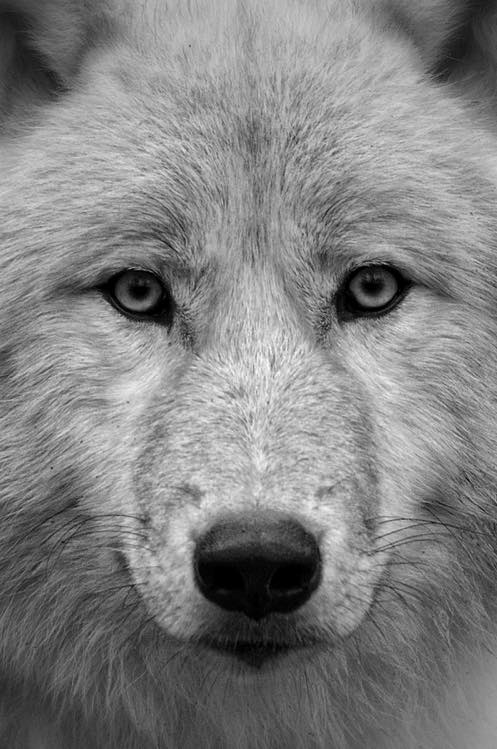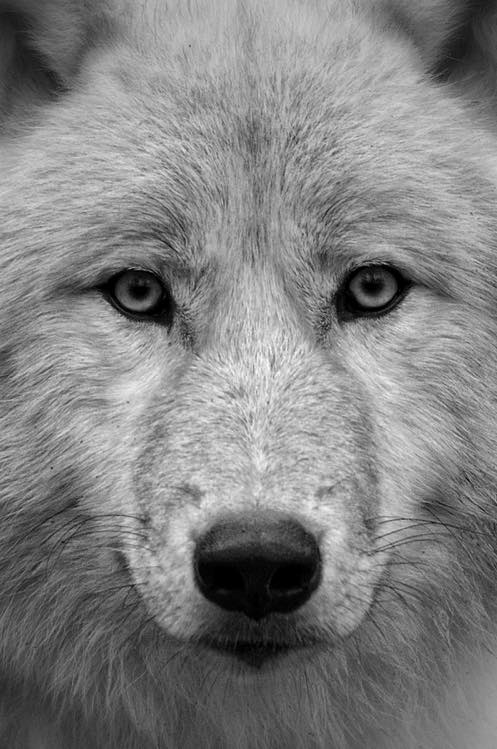
This sprawling mix of swamp and forest is the only place in the world where red wolves live in the wild, and on a breezy afternoon Ron Sutherland set out to find one.
He drove an SUV slowly on lumpy dirt roads for nearly four hours, scanning spindly trees, murky canals, green thickets and muck. Two other sharp-eyed conservationists helping to search from the back seat also saw nothing.
A second fruitless search the next morning left little doubt: The red wolf, which went extinct in the wild before the federal government managed to revive the species, is disappearing again, maybe forever.
A few weeks after the 30th anniversary of reintroduction, there is serious doubt that the only distinctively American wolf, which once ranged throughout the southeast United States, can survive outside zoos. If wild red wolves are lost, it would mark one of the biggest and most dramatic failures for a federal endangered species recovery plan.
The story of the rise and fall of the experimental red wolf population at the Alligator River National Wildlife Refuge is a testament to the power of the Endangered Species Act to protect wildlife — and its limitations.
U.S. Fish and Wildlife Service biologists who manage the restoration program have introduced more than 100 captive-bred wolves into the refuge and watched as the population peaked at more than 225 wolves a decade ago and plummeted to fewer than 45 now.
Wolves have been shot by hunters and private landowners in a state where officials want to end the program. They’ve also been accidentally run over on roads and trapped and removed by federal officials after doing what comes naturally to wolves: roaming to find new territory.
Missteps by the Fish and Wildlife southeast regional office in Atlanta that oversees the program hasn’t helped. Poor communication with state officials about the number of wolves released in and around the refuge at the start of the reintroduction and a recent decision to allow a private landowner to shoot a wolf have angered both the agency’s friends and enemies.
The project is mired in politics, distrust, open bickering, scientific disputes and a legal challenge. It reflects the discord on Capitol Hill as lawmakers debate Endangered Species Act revisions that could dramatically weaken one of the most powerful environmental laws in the world.
A House committee recently passed five bills that force Endangered Species Act enforcement decisions to consider the economic impact of protecting plants and animals, strip away much of the ability of interest groups to sue when protections fall short and remove some protections of gray wolves, which live mostly in the West.
On top of all that, the red wolf program is facing a basic question that could undermine its very reason for being established: Are the penny-colored canids now roaming North Carolina really the descendants of wolves, or is the species so interbred with coyotes that it is ineligible for federal protection?
In July 2016, the Fish and Wildlife Service announced an effort to pull wolves from the refuge and put them back in zoos because the genetic purity of captive animals was at risk. The agency’s assessment relied on an independent analysis by four scientists.
Within days, those same scientists said Fish and Wildlife’s reading of their analysis was “full of alarming misinterpretations” and called its justification for removing wild wolves “backwards.” The genetic purity of captive red wolves was not at risk at all, they said.
The Fish and Wildlife Service’s southeastern office declined to respond to questions about its management of the red wolf program but recently issued a statement through spokesman Phil Kloer: “We are working on a series of decisions regarding the red wolf.”
After giving up his search to see a red wolf, Sutherland, a scientist for the Wildlands Network in Durham, said Fish and Wildlife essentially gave up on red wolves two years ago when they stopped releasing new wolves from captivity. “Since then, they have basically been spinning their wheels with a much-reduced field staff,” he said.
Seeing a wild red wolf now, he said, is one of the rarest sights in nature.
The red wolf program might seem messy now, but its work to resurrect an animal that went extinct in the wild was a minor miracle.
For nearly a century, red wolves were gunned down by order of state predator control programs and scattered as humans seized their habitat.
By the late 1970s, the population was so depleted that coyotes — which the bigger wolves naturally chased away or killed — began to settle in the same range. Even worse, they started to interbreed.
That’s why the federal government plucked the remaining 80 or so wolves from Texas and Louisiana. About a dozen genetically pure red wolves were separated from others that were part coyote and placed in zoos that agreed to participate in a captive breeding program.
Meanwhile, authorities searched for a suitable habitat to one day release wolves into the wild. They selected the 150,000 acre Alligator River refuge for its size and selection of small prey red wolves prefer.
“They also thought this peninsula had no coyotes,” Sutherland said. “They thought this was a defensible place they could keep coyotes out of.”
Under the restoration program in 1987, Fish and Wildlife at first released three pairs of adult red wolves into a world of birds, raccoons, alligators, deer and one of the largest black bear concentrations in the nation.
Often animals raised to adulthood in captivity don’t cope well in the wild, but some of the wolves flourished. The lessons learned through behavioral and genetic study informed the agency’s efforts to restore other animal populations.
“This is a program we should be shouting about from the rooftops,” Regina Mossotti, director of animal care and conservation at the Endangered Wolf Center in St. Louis, which helps manage the captive red wolf population, said in November.
But state wildlife officials and many large landowners were uneasy about the presence of red wolves, and hunters worried that wolves would eat too many of the animals they liked to target.
Fish and Wildlife officials did very little to make state leaders and residents more comfortable with a canid that carries mythological big bad wolf baggage, Mossotti said.
“They were so focused on the science and putting paws on the ground that they forgot the communications aspect,” she said. Eventually “the people against the red wolves were able to go door to door and say the red wolf was going to eat your grandma.”
Federal workers made even worse mistakes, said the state’s top wildlife official, Gordon Myers, by releasing more wolves than allowed by the rule. They also cut deals with a few private landowners to release red wolves on property outside the refuge.
“It was . . . an action that was not authorized,” he angrily recalled. “You can’t just change the rules without going through rulemaking. When you’re trying to achieve support, landowner support for introduction, particularly of a predator, trust is vital.”
Private landowners such as Kelly Martin, who lives on a farm with her husband, Blythe, in Swan Quarter, support the wolves. “We like having predators on our property,” Martin said. “To me it’s like seeing a bear. You can see it and see it and see it and never get used to it. It is special because they are so wild.”
But Martin’s voice is drowned out by a small and vocal opposition, which includes her neighbor, farmer J.W. Spencer.
Spencer is one of many farmers who lease their property to hunters.
“They do really bother the deer population,” said Spencer, whose farm in Swan Quarter sits near the refuge. Spencer said he likes to hunt nearly everything wolves eat, fueling his opposition. “I raccoon hunt a lot and the population of them seem to be dying since [the wolves] were introduced.”
Kim Wheeler, executive director of the Red Wolf Coalition, rolled her eyes at the contention that the wolves impact deer. “It’s not easy for a red wolf to catch a deer,” she said. With the wolf population experiencing a dramatic decline, she questioned that logic.
“I mean, how in the world can 25 animals running around affect the deer population?” she asked. “At some point that excuse doesn’t hold water.”
The state disagrees. Last year, the wildlife commission acted on the landowner complaints by calling on Fish and Wildlife to shut down the recovery program and declare red wolves extinct in the wild.
“Our board reached a conclusion that this experiment has outlived its utility,” Myers said. “Our recommendation is to terminate the experiment.”
The situation is so bad that the recovery program is seeking other potential red wolf habitats in the southeast in case it is forced to abandon North Carolina.
Source: Red wolves may be going extinct in the wild — again – The Washington Post

Comments
Pingback: Red wolves may be going extinct in the wild — again – The Washington Post | Protect The Wolves